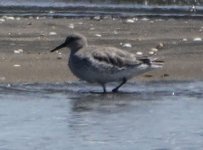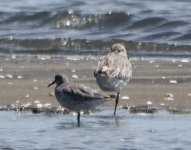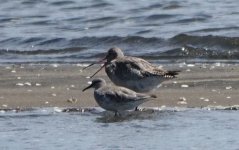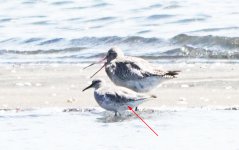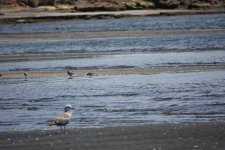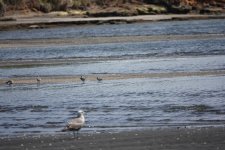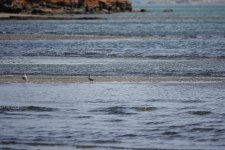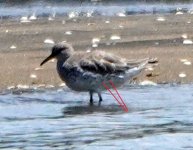mounteden11
Member

hi All
I'd appreciate help confirming the identify of the smaller wader in these photos. These photos were taken in NZ a few days ago. The larger birds are bar tailed godwits - there were many of these around. I'm not sure if the smaller wader is a red knot or greater knot. Is it possible to tell based on these photos?
Again, thanks in advance for any input.
I'd appreciate help confirming the identify of the smaller wader in these photos. These photos were taken in NZ a few days ago. The larger birds are bar tailed godwits - there were many of these around. I'm not sure if the smaller wader is a red knot or greater knot. Is it possible to tell based on these photos?
Again, thanks in advance for any input.




